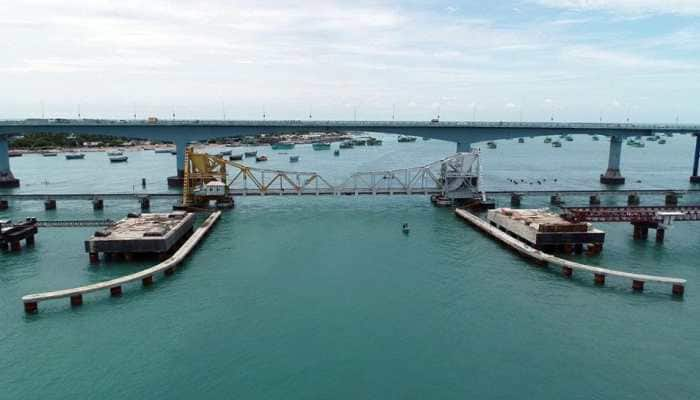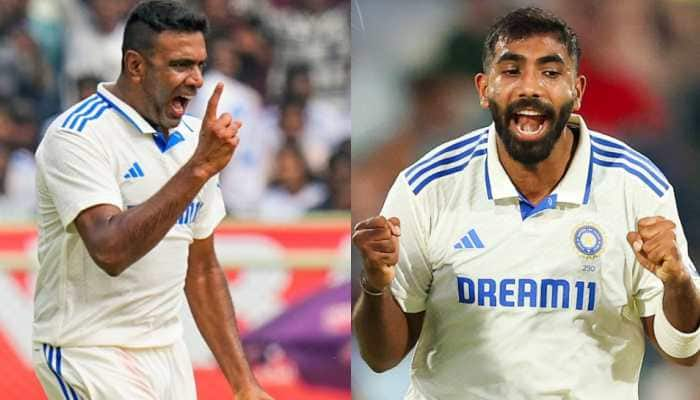Gandhi Jayanti 2024: Know The Story Behind Mahatma Gandhi’s Portrait On Indian Bank Notes
Mahatma Gandhi's portrait did not always not always feature in the Indian bank notes ever since the country gained independence in 1947. Here's the story behind Gandhiji's portrait placement on Indian banknotes.
Trending Photos
)
Mahatma Gandhi did not appear in the Indian currency notes immediately after India's independence in 1947. Mahatma Gandhi's portrait has been featured on Indian currency notes for over five decades. However, the notes featuring Gandhi's portrait were first featured during a special series that was issued to commemorate his 100th birth anniversary in 1969.
The Reserve Bank has the sole authority to issue bank notes in India. Reserve Bank, like other central banks the world over, changes the design of banknotes from time to time. The Reserve Bank has introduced banknotes in the Mahatma Gandhi Series since 1996 and has so far issued notes in the denominations of Rs 5, Rs 10, Rs 20, Rs 50, Rs 100, Rs 200, Rs 500 and Rs 1000 and Rs 2,000 in this series. These notes contain distinct easily recognizable security features to facilitate the detection of genuine notes vis-à-vis forgeries.
Today, on Gandhi Jayanti, let's explore the story behind Gandhiji's portrait placement on Indian banknotes.
Ashoka Pillar on currency notes till 1950
After India gained independence in 1947, the Reserve Bank of India (RBI) continued to issue colonial-era notes depicting King George VI. In 1949, the government replaced King George with the Lion Capital of Ashoka Pillar at Sarnath in the 1-rupee notes. Banknotes in 1950 in denominations of 2, 5, 10, and 100 featured the Lion Capital watermark.
Mahatma Gandhi's appearance on Indian currency notes
In 1969, the RBI introduced a new 'Mahatma Gandhi Series' banknote featuring advanced security features. That year was the 100th birth anniversary of Mahatma Gandhi. The series featured a picture of Bapu's Sevagram Ashram. For the second time in 1987, Gandhiji's picture was printed on Rs 500 note.
In 1996, Gandhi got a permanent place on currency notes
In 1996, currency notes started to be printed with Mahatma Gandhi's picture with the Ashoka Pillar printed in small size on the left side. The 'Mahatma Gandhi New Series' of banknotes, introduced in 2016, continued to feature Gandhi's portrait with the introduction of the Swachh Bharat Abhiyan logo.
When and where was Mahatma Gandhi's Bank Note picture taken?
The Indian rupee features a cut-out of an original photo of Mahatma Gandhi. It is not a caricature or an illustration. The photo was taken in 1946 at the Viceroy's House in Calcutta, where Gandhiji met British leader Lord Frederick William Pethick-Lawrence.
The photograph was chosen for its perfect representation of Gandhi's smiling face, with the portrait being a mirrored image of the cut-out.
Who took the photograph of Mahatma Gandhi that features on Indian Bank Note?
Several photographers, including Henri Cartier, Margaret Bourke White, and Max Desfor, have taken Gandhiji's photo but the exact person who took the picture of Mahatma Gandhi that features on the rupee remains unknown. There is also no information on who selected the image of Bapu for the banknotes.
Why is the photograph of Mahatma Gandhi printed on Indian bank notes?
Gandhi's photograph has been chosen for banknotes due to his immense national appeal and universal recognition. India's reverence for Bapu's ideas is reflected in the image of Gandhiji on its banknotes.
Stay informed on all the latest news, real-time breaking news updates, and follow all the important headlines in india news and world News on Zee News.
Live Tv







)
)
)
)
)
)
)
)
)
)
